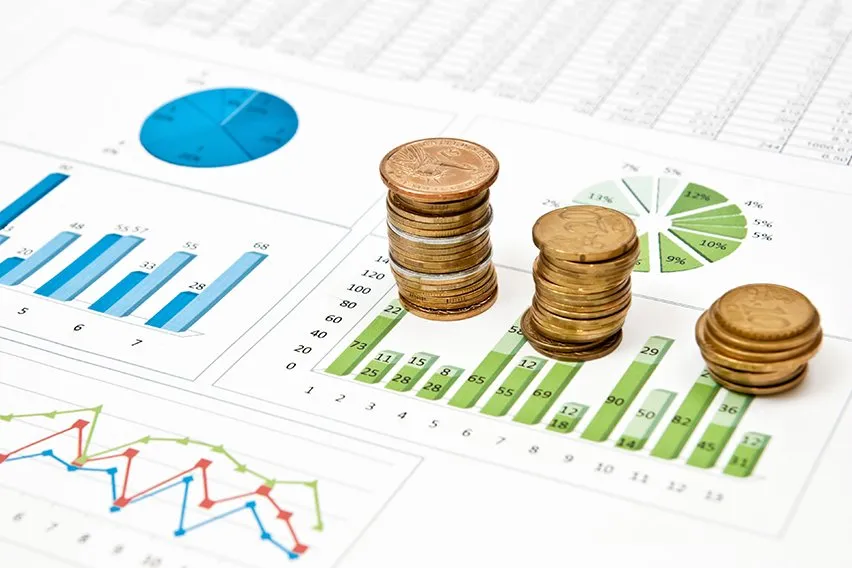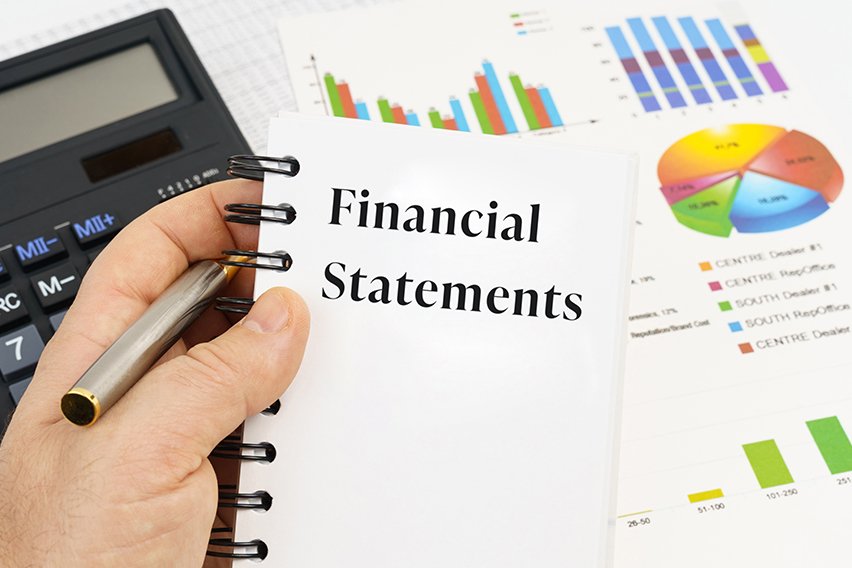How To Forecast Financial Statements: Balance Sheets, Income Statements

Small businesses perform financial forecasting by analyzing historical data and using it to predict the company’s future financial performance. Preparing financial statement forecasts helps small businesses plan their future growth and manage cash flow.
Here are the main financial forecasting topics covered below:
How to Forecast Financial Statements
What Are Pro Forma Financial Statements?
How to Forecast an Income Statement
How to Forecast a Balance Sheet

How to Forecast Financial Statements
Small businesses forecast financial statements by looking at relevant historical data and using the information to make future predictions about the financial state of the company.
There are three fundamental financial statements that small businesses typically issue: income statements, balance sheets and cash flow statements.
The three financial statements can be looked at holistically to understand the overall financial health of your business. Forecasting can be done for a business’s income statements and balance sheets. A cash flow forecast can then be derived from the data in your income statement and balance sheets.
Documents showing your business forecasts are called pro forma financial statements. Together, these documents can provide valuable accounting insights to help you better plan for your business’s future growth.
What Are Pro Forma Financial Statements?
Pro forma financial statements are based on projections and assumptions about the business. Pro forma statements allow you to compare actual financial events to your financial plan and make any necessary adjustments throughout the year. Most small businesses tend to prepare pro forma financial statements for periods of six months or one year.
Pro forma financial statements are usually required if you need a bank loan or other form of business financing.
How to Forecast an Income Statement
Small businesses can develop a pro forma income statement to forecast the company’s profits or losses for a specific time period. Here are the steps for forecasting your income statement:
Analyze Historical Data
To accurately forecast your company’s profits or losses, you’ll first need to understand its past performance and use that data to predict future financial outcomes. Make sure you’re using comparable data. If you’re developing a pro forma income statement for a one-year period beginning January 1, 2020, you’ll want to look at historical data from the same period in previous years. Best practices suggest analyzing at least two periods worth of historical data, so you would want to look at income statements from January 1, 2018 and January 1, 2019.
Forecast Your Revenue
The easiest way to create a revenue (or sales) forecast is to input your annual growth rate. Look at the percentage growth in revenue over previous periods, and use that information to make an informed assumption about your future revenue.
Predict Cost of Goods Sold
As a service-based business, cost of goods sold might not seem to directly apply to your company. However, for businesses involved in renewable energy or solar services, it’s crucial to consider potential cost savings associated with the federal solar tax credit. This credit can significantly impact your overall expenses, so carefully assess how it influences your cost structure. But service-based businesses should think of their costs related to labor, employment tax and benefits as their cost of goods sold. Sometimes, this is called the cost of services instead.
Determine Your Operating Expenses
Analyze your past operating expenses and compare them to your expected revenue to determine what your expected operating costs will be in your forecast. Operating expenses include office rent, business insurance, office supplies, salary and benefits for employees, and more.
How to Forecast a Balance Sheet
Forecasting your business’s balance sheet involves estimating your company’s assets and liabilities for a future date. A balance sheet is a financial document that gives a summary of your business’s financial position on a specific day. Balance sheet forecasts, or pro forma balance sheets, are used to project how your company will manage its assets in the future.
To create a pro forma balance sheet you’ll follow the following steps:
Input Your Short-Term and Long-Term Assets
Begin by inputting your short-term assets, which includes your current cash assets and your accounts receivable. Then, input your long-term assets, which would include things like: buildings, property and vehicles.
Include Your Current and Long-Term Liabilities
Account for your current liabilities, which include all liabilities that your business must settle in cash within the next year. You’ll also include long-term liabilities, which are all your liabilities due in more than one year. Liabilities include payroll, labor services and loan payments.
Calculate Your Final Figures
To figure out your final projections, just subtract your liabilities from your assets. This final forecast of your balance sheet will give you important insights into how secure your business’s financial position will be at a future date and can help you decide if you need to consider cutbacks or apply for loans.

How to Forecast Cash Flow
To forecast your business’s cash flow you’ll estimate the amount of cash flowing into and out of your company for a specific future period. A pro forma cash flow statement can help you identify where your business may experience cash shortfalls in future, so you can plan accordingly to offset lean times.
Here are the steps to forecasting your cash flow statement:
Estimate Your Anticipated Sales by Month
Use at least two years of historical sales data to calculate what sales you can anticipate by month. Make sure to look at seasonal data to see if there are patterns to your sales. You’ll also want to factor in any future plans, like if you know that a big new client will sign on to your business in the coming months.
Predict When You’ll Receive Payments
Estimate when you’ll receive future payments by relying on historical data. If you invoice clients using a 30-day billing cycle, you can predict when you’ll receive payments based on those due dates. If one of your clients frequently pays you after the due date, you’ll want to factor that into your projections.
Estimate Your Costs
Most small businesses have both fixed and variable costs. Account for your fixed costs, including rent and utilities. Your variable costs fluctuate based on how much work you’re producing. For a service-based business, variable costs could include printing, postage and travel costs related to business meetings.
How to Forecast Depreciation
The most straightforward method of forecasting depreciation is the Straight-Line Method. For small business accounting, depreciation is used to allocate the cost of a purchased asset over its useful lifetime.
If you use the Straight-Line Method for forecasting depreciation, the depreciation of an asset is recorded evenly across the span of its useful lifetime. The equation used to forecast depreciation is:
(Cost of Asset – Residual Value of Asset) / Estimated Useful Lifetime of Asset
So, let’s say you bought a work vehicle for $10,000. The vehicle has a residual value of $500 and an expected lifetime of five years. Here’s the calculation:
($10,000.00 – $500.00) / 5
= $1900.00 per year or $158.33 per month.
RELATED ARTICLES

 Tax Liability: Definition and Calculation Guide
Tax Liability: Definition and Calculation Guide How to Write Off a Car for Business: A Tax Guide
How to Write Off a Car for Business: A Tax Guide What Is a Tax Transcript, and How Do You Request It?
What Is a Tax Transcript, and How Do You Request It? How Long Does It Take To Get a Tax Refund? The Complete Guide
How Long Does It Take To Get a Tax Refund? The Complete Guide Why Are Financial Statements Important?
Why Are Financial Statements Important?